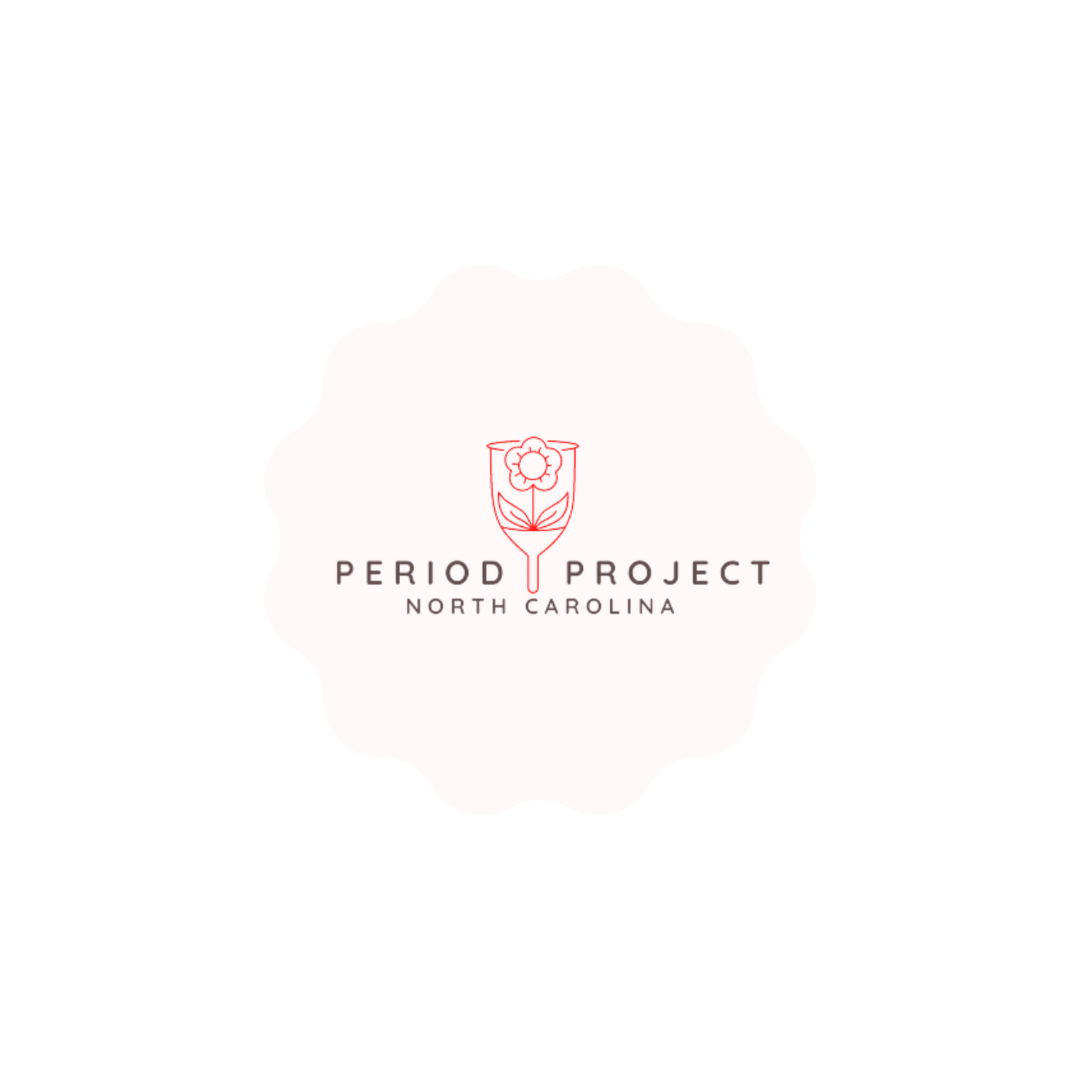It's almost like everyone talks about "periods," but do we really have a clear picture of what a "normal" one looks like? For many, the idea of a period, or the "period image" we carry in our minds, can be a bit hazy, perhaps even a source of worry. Getting a good grasp on what your body does each month is, in a way, truly important for feeling good and staying healthy.
You know, menstruation, sometimes called a period, is really just a very natural part of a woman's monthly rhythm. It's when your body, quite simply, gets ready for a possible pregnancy every single month. If that doesn't happen, your uterus just sheds its lining, and that turns into blood that leaves your body through the vagina. It's really that straightforward, in some respects.
This article will help you get a better handle on your own "period image." We'll talk about what a period is, what usually happens, and how you can track things to know what's typical for you. It's about feeling more in tune with your body, you know, and understanding its signals.
Table of Contents
- What Exactly Is a Period, Anyway?
- What Does a "Normal" Period Image Look Like?
- Getting to Know Your Cycle: Tracking Your Period
- When to Chat with a Doctor About Your Period Image
- Frequently Asked Questions (FAQs)
What Exactly Is a Period, Anyway?
So, a period, or menstruation, is basically just normal vaginal bleeding. It happens as a regular part of what we call a woman's monthly cycle. Every single month, your body actually gets itself ready for a possible pregnancy. This is a pretty amazing process, really.
The Monthly Cycle Explained
When that preparation for pregnancy doesn't lead to one, the lining of your uterus, which had been building up, starts to shed. This shedding turns into blood, and that blood then flows out of your body through the vagina. This whole event is what we know as a period. It's just how your body cleanses itself, you know, and gets ready for the next cycle. The first day of this bleeding is actually considered day one of your menstrual cycle. It's like a new beginning for your body's rhythm.
Your cycle, in a way, always prepares your body for a possible pregnancy. It's a continuous process, and it's quite sophisticated. The average cycle typically lasts between 24 and 38 days. This range is pretty wide, so what's normal for one person might be a little different for another. It's really about finding what's normal for *you*, more or less.
When Does It Happen?
Menstruation, or having your period, is when blood and tissue from your uterus come out of your vagina. It usually happens once every month. This regular timing is a key part of your "period image." It's what most people expect, anyway. This monthly shedding is the most visible part of your menstrual cycle, and its start is what marks the beginning of a new cycle. The first day of menstrual bleeding is the date that's used to mark the last cycle's end and the new one's start.
What Does a "Normal" Period Image Look Like?
Knowing what defines a normal period—things like its timing, how heavy the flow is, and the symptoms you feel—can really help you understand your own body. This helps build a clearer "period image" in your mind. It's not just about bleeding; it's about the whole experience, you know.
Timing and Flow: What's Typical?
As we talked about, the average cycle length is somewhere between 24 and 38 days. So, if your period comes within that window, that's generally considered typical. The flow can also vary a lot. Some days might be heavier than others, and that's completely fine. It's not always a steady stream, you know. What's more, the color can change a bit too, from bright red to darker, more brownish shades. This is often just a sign of how fresh the blood is. It's all part of the usual picture, really.
For instance, on the first day of bleeding, which is considered day one of your menstrual cycle, the hormone progesterone actually plunges. This drop is what causes the uterine lining to shed. So, in a way, the timing of your period is linked to these natural hormone shifts. Understanding this can help you feel more comfortable with your own body's rhythms, you know, and what it's doing.
Common Signs and Sensations
Women typically get a few signs that their period is about to start. These are like little hints from your body, you know, telling you what's coming. These can include things like abdominal cramps, which are pretty common. You might also notice a headache, or your breasts might feel a bit tender. Some people even notice changes in their bowel movements. These are all pretty normal sensations that can be part of your "period image."
It's important to know that these signs can vary a lot from person to person, and even from cycle to cycle for the same person. One month you might feel very crampy, and the next, maybe just a little tired. This variability is actually quite normal. Knowing these common signs can help you prepare and feel less surprised when your period arrives, which is pretty helpful, anyway.
Getting to Know Your Cycle: Tracking Your Period
Do you know when your last menstrual period began? Or how long it lasted? If not, it might be a good idea to start keeping track. Understanding how to track your menstrual cycle can really help you figure out what's normal for you and what to do about any irregularities. It's like building a personal map of your body's patterns, so to speak.
Why Tracking Matters
Tracking your cycle helps you spot patterns. You can see if your periods are usually on time, or if they tend to be early or late. It also helps you notice if your flow is consistently heavy or light, and if your symptoms change over time. This information is pretty valuable, you know, for your overall health. It helps you build a clearer "period image" for yourself.
For example, knowing when your period usually starts can help you plan things, like vacations or special events. It also helps you understand your body's natural rhythm. This kind of personal data is really powerful, in a way, for making informed choices about your well-being. It's just about paying a little more attention, really.
Simple Ways to Keep Tabs
There are many easy ways to track your period. You could use a simple calendar, marking the first day of your period each month. Or, you could use one of the many apps available for smartphones. These apps often let you log symptoms, flow, and even your mood. They can be pretty handy, actually.
No matter which method you choose, the key is consistency. Try to log information regularly. This will give you the most accurate picture of your cycle over time. It's like collecting little pieces of a puzzle, and eventually, you see the whole "period image" come together. It's really quite simple to start, you know.
When to Chat with a Doctor About Your Period Image
While a lot of variation in periods is perfectly normal, there are times when it's a good idea to chat with a doctor. This is about making sure your "period image" is a healthy one, and that any changes aren't signs of something that needs a bit of attention. It's about being proactive, you know.
Signs of Irregularity
If your cycle suddenly becomes very irregular, like much shorter or much longer than your usual, that might be worth mentioning. Also, if your flow becomes extremely heavy, soaking through many pads or tampons in a short time, or if you have very severe pain that stops you from doing your daily activities, it's probably a good idea to get it checked out. These kinds of changes are, you know, worth looking into.
Other things to watch for include bleeding between periods, or if your periods suddenly stop for several months when you're not pregnant or going through menopause. These are all signals that your body might be trying to tell you something. It's not about panicking, but just about being aware and seeking advice when needed. You know, a doctor can help you understand what's going on.
Important Questions to Ask
When you talk to a doctor about your period, it helps to have some information ready. They might ask you when your last period began, how long it lasted, and what your typical flow is like. They'll also probably ask about any symptoms you're having, like pain or mood changes. Having tracked your cycle will be incredibly helpful here, you know, for giving clear answers.
Don't hesitate to ask your doctor any questions you have about your period. No question is too small or silly when it comes to your health. They can help you understand what defines a normal period timing, flow, and symptoms for you. They can also advise you on what to do about irregularities. It's really about getting personalized advice, you know, for your own unique "period image." For more information on women's health, you might find resources from the Office on Women's Health helpful.
Frequently Asked Questions (FAQs)
Here are some common questions people often have about their periods:
What is a normal period like?
A normal period, you know, usually involves vaginal bleeding that lasts for about 2 to 7 days. The cycle length, from the first day of one period to the first day of the next, typically falls between 24 and 38 days. The flow can vary, being heavier on some days and lighter on others. You might also experience some common symptoms like mild cramps, tender breasts, or mood changes. It's pretty unique for everyone, actually.
How long does a period usually last?
Most periods, you know, last anywhere from two to seven days. Some people have very short periods, while others might bleed for a full week. Both are generally considered within the normal range. It's more about what's typical for your own body over time. If your period suddenly starts lasting much longer or shorter than usual, that might be something to notice, you know.
What are common period symptoms?
Common period symptoms can really vary from person to person. Many people experience abdominal cramps, which can range from mild to more noticeable. Other typical signs include headaches, feeling tired, tender or swollen breasts, and even some changes in bowel movements. You might also notice mood shifts, like feeling a bit more irritable or emotional. These are all pretty usual, you know, for many people.
Understanding your menstrual cycle and what makes up your unique "period image" is a really valuable step in staying connected with your body. Track your cycle and know when to consult a doctor for irregularities. Learn more about menstrual health on our site, and link to this page here.



Detail Author:
- Name : Ila Schuster
- Username : murphy.giovanni
- Email : jacobson.dock@bailey.info
- Birthdate : 1990-08-31
- Address : 7660 Lehner Fork Beckerland, VA 91044-5743
- Phone : +1.480.790.8515
- Company : Bogisich-Moore
- Job : Timing Device Assemblers
- Bio : Consequuntur culpa omnis omnis occaecati amet. Quia animi laboriosam deserunt quia. Debitis totam et voluptatibus commodi nam ut quis minima.
Socials
twitter:
- url : https://twitter.com/laverne_feest
- username : laverne_feest
- bio : Dolores et repellendus et dolorem. Ut ab repellat sunt repellat. Ut error est alias vel.
- followers : 4842
- following : 2136
facebook:
- url : https://facebook.com/laverne770
- username : laverne770
- bio : Est qui ullam voluptas porro ducimus ab vel.
- followers : 527
- following : 279



























